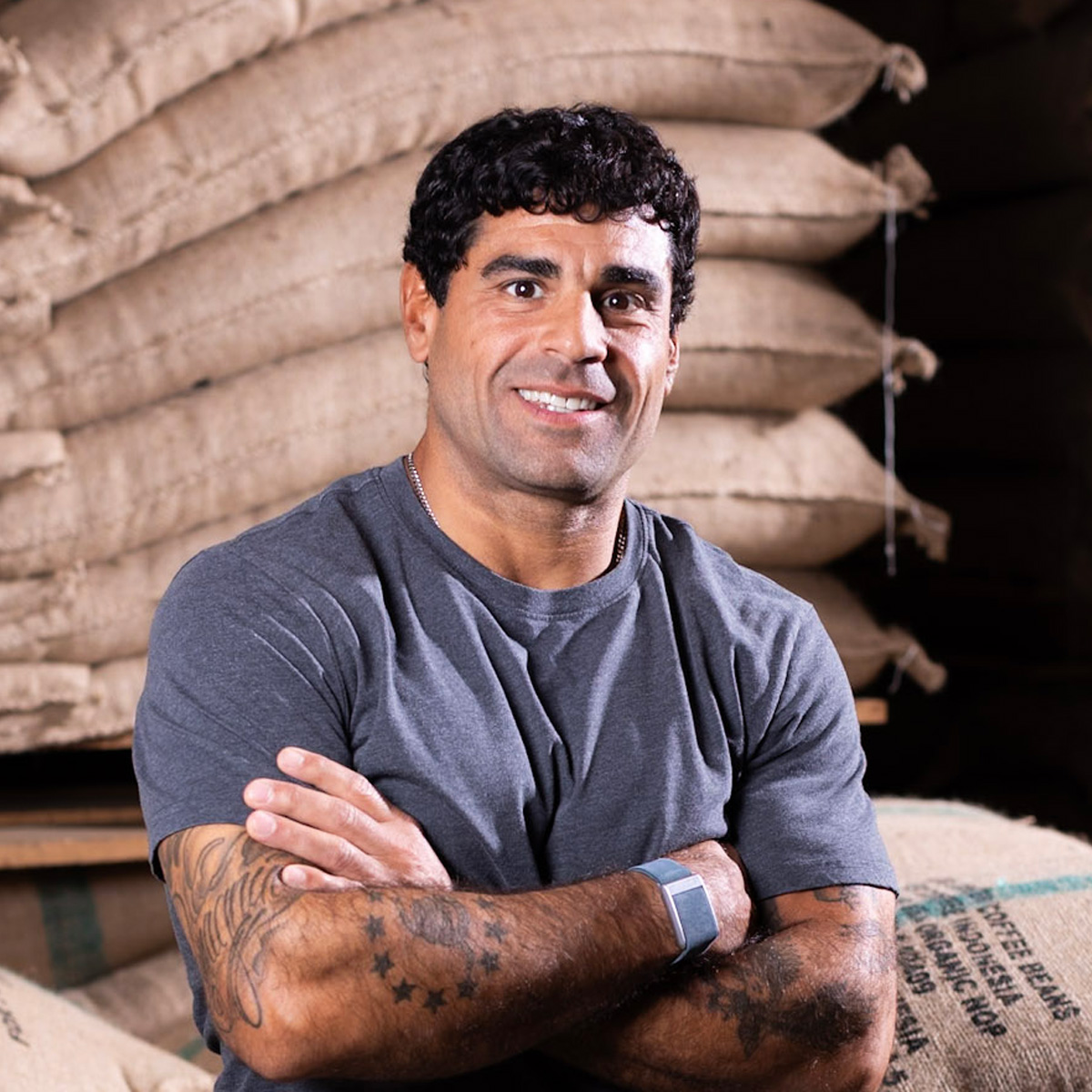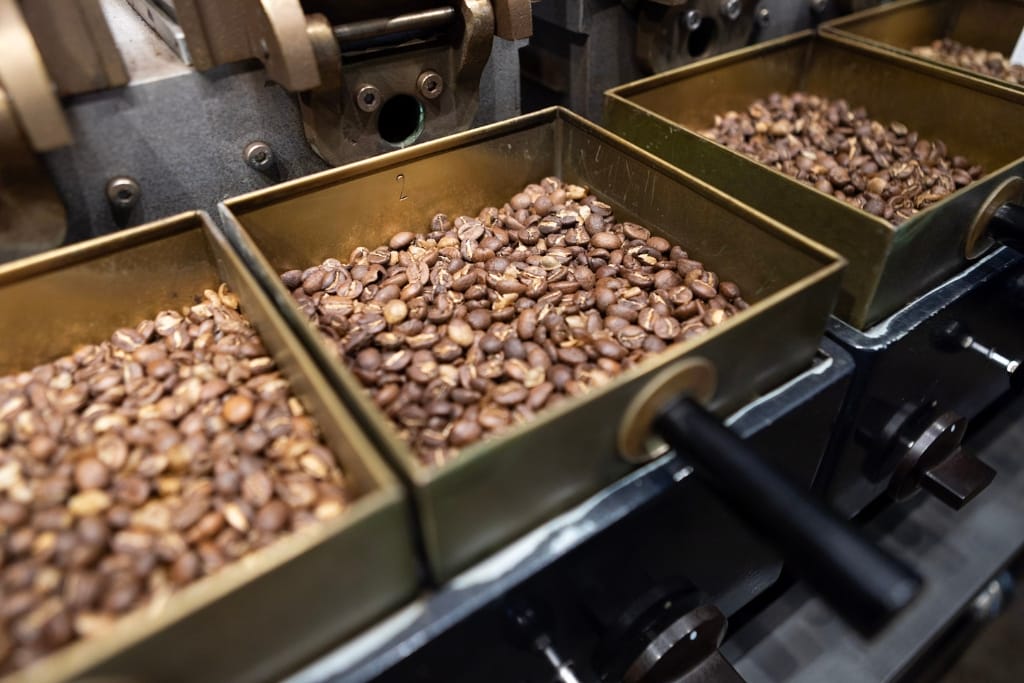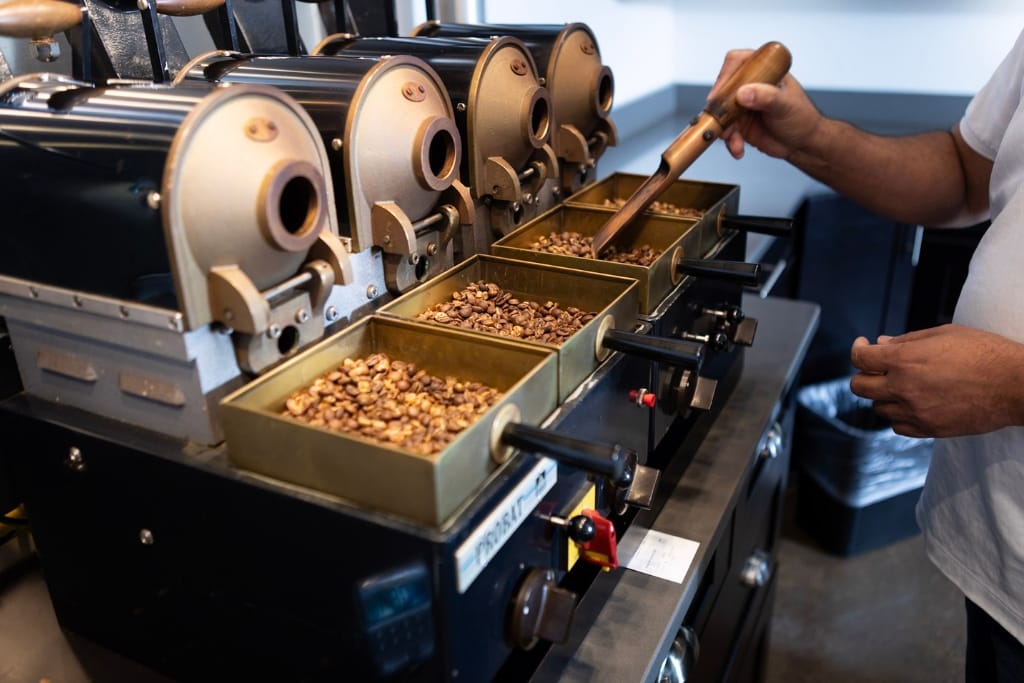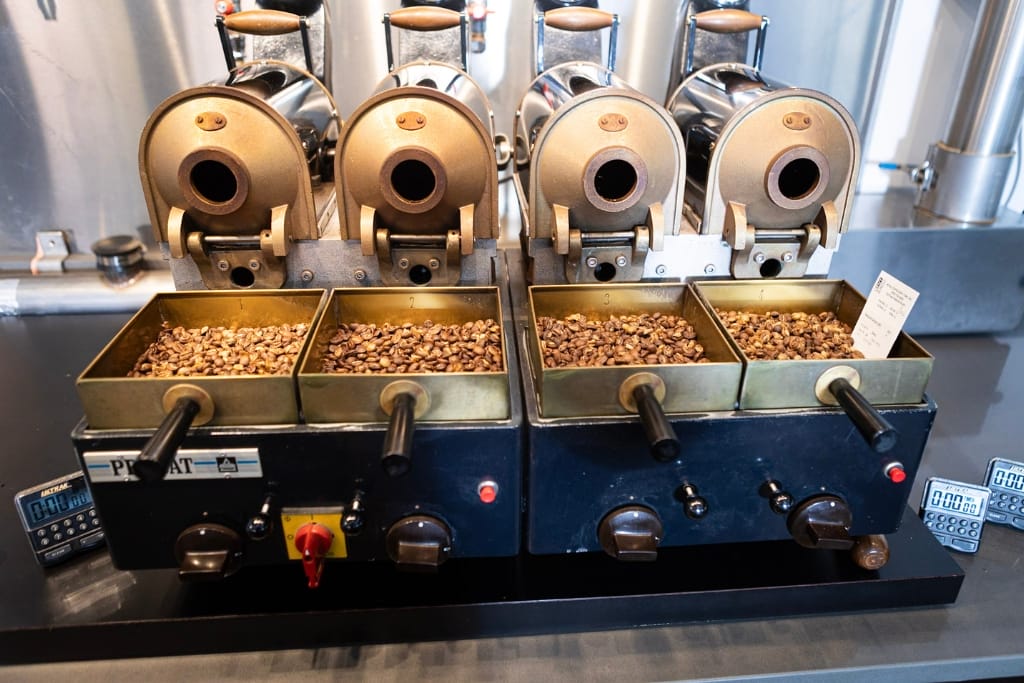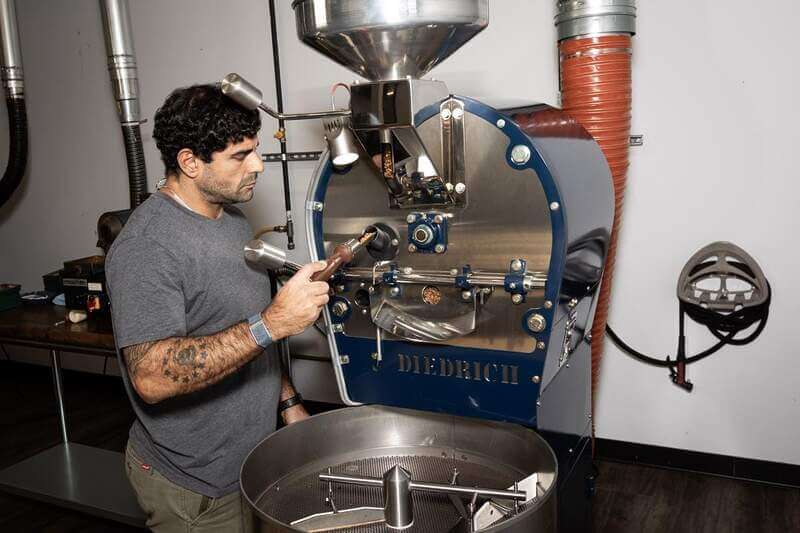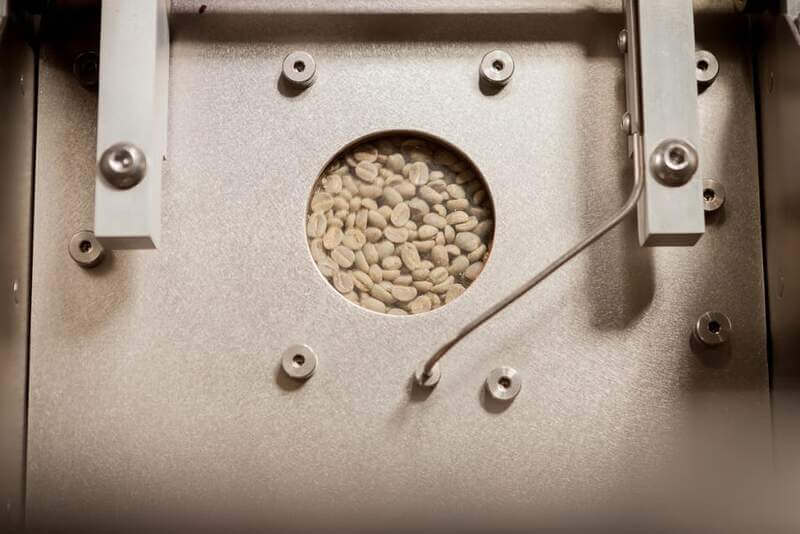Creating a good sample roast is a meticulous process. It demands consistency, precision, and adaptability. A good sample roast serves as the foundation for understanding a coffee’s true potential, highlighting its unique characteristics while ensuring an objective evaluation. Mike Romagnino breaks down the essential elements that define a high-quality coffee sample roast.
What makes a good coffee sample roast?
Consistency
Consistency is critical to maintaining objectivity when evaluating different coffees. Using the same roast profile for each batch ensures that any differences in flavor are due to the coffee itself and not variations in the roasting process. A consistent approach allows you to:
1. Evaluate multiple coffees side-by-side.
2. Focus on the flavor profile of each coffee.
3. Set a roast profile for future roasts.
Repeatability
Repeatability goes hand-in-hand with consistency. Each roast should replicate the results of the previous as closely as possible. Precision in repeatability helps:
1. Eliminate roasting inconsistencies.
2. Evaluate coffee accurately.
Transparency
The goal of a sample roast is to highlight the coffee’s inherent qualities without masking them. A transparent roast avoids overdevelopment, which can hide flaws or alter the coffee’s natural character. To achieve transparency:
1. Use a lighter roast profile.
2. Allow both positive and negative characteristics of the green coffee to shine through the roast.
Adapability
While consistency and repeatability are key, adaptability ensures success in the face of unexpected changes. Factors like variations in green coffee density, moisture content, or environmental conditions can impact the roast. Staying adaptable allows you to:
1. Adjust while roasting without compromising the roast profile.
2. Maintain control over the process while highlighting the coffee’s full potential.
Cooling
The cooling phase plays a vital role in preserving the coffee’s quality. Cooling halts the roasting process, preventing overdevelopment and the risk of flat or bitter flavors. For effective cooling:
1. Use a system that quickly reduces the coffee’s temperature.
2. Ensure uniform cooling to maintain consistency across the batch.
Final thoughts on Coffee Sample Roasting
By prioritizing the above metrics, you’ll be equipped to evaluate and appreciate the unique characteristics of every coffee you encounter. Whether you’re a roaster, buyer, or enthusiast, refining your sample roasting techniques will elevate your understanding and appreciation of coffee to new heights.



